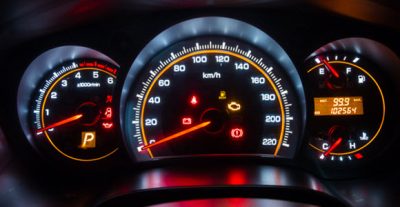 Dashboard lights blink at you often, but do you really pay attention to them? A red warning light on the dashboard has an important purpose and usually indicates a serious car problem or a safety issue. A seat belt safety light is easy to understand and resolve quickly, but more serious warning lights need to be checked and corrected immediately.
Dashboard lights blink at you often, but do you really pay attention to them? A red warning light on the dashboard has an important purpose and usually indicates a serious car problem or a safety issue. A seat belt safety light is easy to understand and resolve quickly, but more serious warning lights need to be checked and corrected immediately.
Do you know what your dash lights mean? While no light should be ignored, some need more immediate attention than others. Here are five common warning lights and why they might be on.
Battery Light: The battery either needs to be replaced, or the wiring or alternator needs to be repaired. Head to a service or repair station that specializes in car batteries in Winter Garden, FL, as soon as possible while your car still has power.
Engine Temperature Light: Your engine could be overheating. Turn off your air conditioning and radio, turn on the heat, and pull over to a safe place to call for roadside assistance.
Check Engine Light: This dashboard sensor can mean a variety of things for your car, like the spark plugs need replacing or the gas cap isn’t screwed on tight, but there’s no need to panic. Visit a service station at your earliest convenience.
Oil Pressure Light: If this light turns on and stays on, it means your car might be low on oil. Top off your oil as soon as you can and then take it to a service repair shop to have it checked.
Tire Pressure Light: One or more of your tires need additional air. While you can safely drive on the tires for a short time, driving underinflated tires too far or too fast can cause irreparable damage to them, so fill them up at the next gas station.








